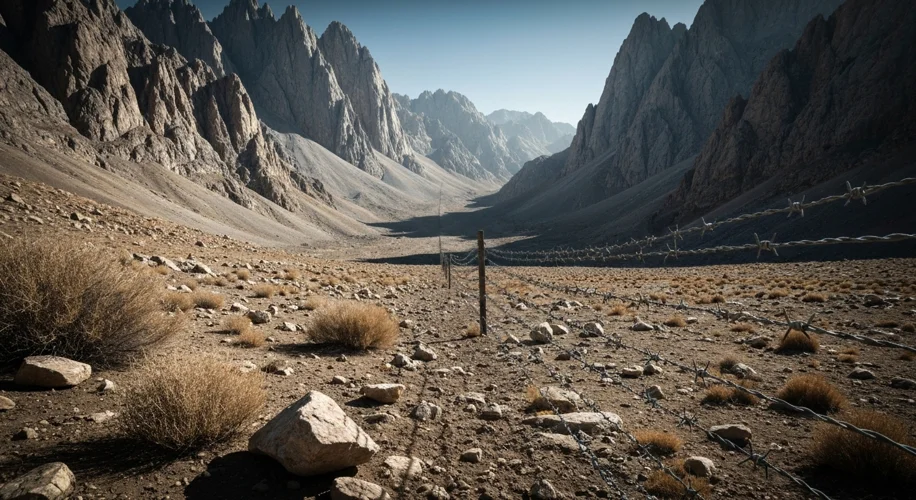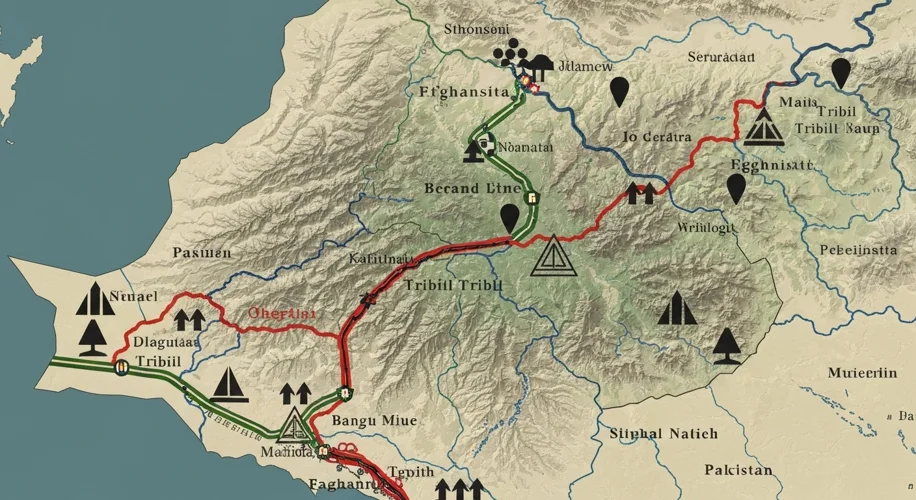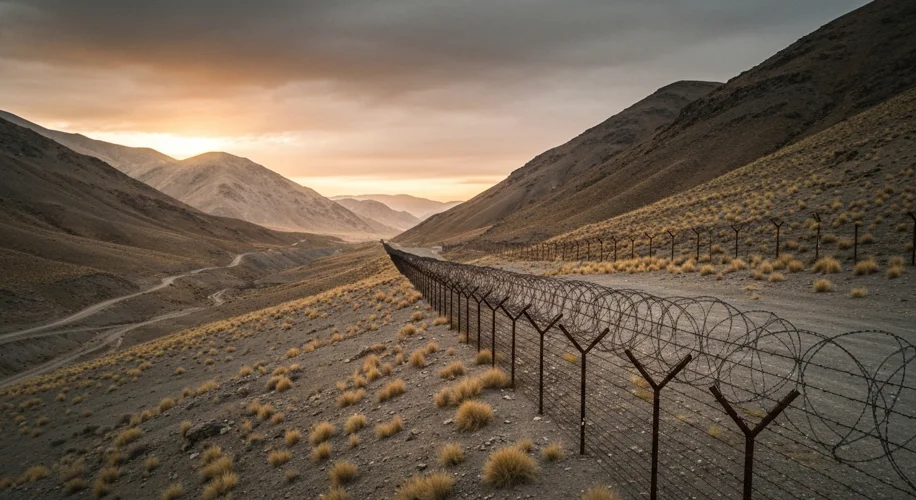The relentless winds whip across the rugged, unforgiving terrain, carrying whispers of ancient feuds and modern-day skirmishes. For over a century, this desolate landscape, stretching across the Hindu Kush mountains and the arid plains, has been more than just a geographical marker; it has been a raw, festering wound on the body politic of South Asia. This is the Durand Line, a border born of imperial ambition, now a persistent tinderbox igniting conflict between Afghanistan and Pakistan.

The story of the Durand Line begins not with the peoples who call this land home, but with the grand chess players of the 19th century: the British Empire and Tsarist Russia. As they vied for influence in Central Asia, the British sought to establish a clear, defensible frontier for their jewel in the crown, British India. In 1893, Sir Mortimer Durand, a representative of the British government, met with Abdur Rahman Khan, the Emir of Afghanistan, to delineate this boundary. The agreement, signed under duress and with limited understanding of the complex tribal and ethnic mosaic it would bisect, carved a line through territories historically belonging to Afghan tribes.
Afghanistan, at the time, was a nascent state struggling to assert its authority. The Emir, keen to secure British recognition and support against his rivals, agreed to the line. However, the agreement was primarily a geopolitical maneuver, not a reflection of the local realities. The Pashtun tribes, the largest ethnic group straddling the intended border, found themselves divided, their traditional way of life, their kinship ties, and their economic activities disrupted overnight. This arbitrary division sowed the seeds of future discontent that would bloom into decades of conflict.
When Pakistan gained independence in 1947, it inherited the Durand Line as its western frontier with Afghanistan. For Kabul, however, the line remained a colonial imposition, a symbol of foreign interference and a denial of Afghan national identity. Afghan governments, from the monarchy to the subsequent republics and, indeed, the Taliban regimes, have consistently refused to recognize its legitimacy, viewing it as a demarcation that illegally severed Pashtun lands. This fundamental disagreement has been the bedrock of persistent tension.
The border has rarely known peace. Small-scale skirmishes between border guards have been common, often erupting over issues of illegal crossings, smuggling, or perceived incursions. But the conflicts have often escalated, drawing in larger military forces and, more recently, becoming entangled with the rise of militant groups. The Taliban, themselves predominantly Pashtun and with deep roots on both sides of the border, have frequently been at the center of these disputes. Their rise to power in Afghanistan and their subsequent governance have seen them both upholding and challenging the border, depending on their strategic and political needs.
For the local populations, life on or near the Durand Line has been a precarious existence. Villages straddle the invisible divide, families are separated by a line on a map, and the constant threat of violence has shaped their daily lives. The porous nature of the border, coupled with its rugged terrain, has also made it a haven for smugglers and extremist groups, further destabilizing the region and complicating any efforts towards lasting peace. The presence of millions of Afghan refugees in Pakistan, many of whom hail from areas close to the Durand Line, adds another layer of complexity to the geopolitical entanglement.

The consequences of this enduring conflict are profound. For Pakistan, the unresolved border issue has been a persistent security headache, often leading to diplomatic crises and impacting its relations with Afghanistan and, by extension, its regional standing. For Afghanistan, the non-recognition of the Durand Line has been a rallying cry, a symbol of its struggle for sovereignty and territorial integrity against what it perceives as Pakistani interference. The presence of Pakistani Pashtuns in Afghanistan has also been a source of concern for Islamabad, fearing Afghan support for separatists.
In recent times, the situation has been exacerbated by the rise of the Tehrik-i-Taliban Pakistan (TTP), a militant group that operates from Afghan soil, targeting Pakistan. This has led to Pakistani military operations along the border, further heightening tensions and creating a cycle of retaliatory actions. The intricate web of tribal loyalties, ethnic identities, and state interests makes the Durand Line a geopolitical Gordian Knot, incredibly difficult to untangle.

The Durand Line is more than just a disputed border; it is a historical artifact of colonial power, a symbol of national aspirations, and a tragically active participant in the ongoing instability of the region. Until the fundamental issues of historical legitimacy, tribal autonomy, and mutual security concerns are addressed with genuine dialogue and a deep understanding of the local context, this scar on the map will continue to bleed, a poignant reminder of how borders drawn by empires can continue to shape destinies for generations.

